Why on earth would I want to go to the bother of drafting a skirt block when I already posess a pattern collection of monster proportions? Good question.
Well apart from the fact that I am the world’s greatest procrastinator, it’s mostly because I plainly just don’t like not knowing about stuff! Well, that plus the fact that I wanted to create a perfectly fitted skirt! I have managed it once or twice before, by adjusting patterns, but only by the power of ‘flook’ and not by any knowledgable means.
Making a fitted skirt pattern is something I have been wanting to do for such a long time. I looked into taking a course but was really shocked by the prices. I guess I set my hopes high starting with the London College of Fashion! Getting a course to fit in nicely with work and children is a bit tricky too. So I set out on a mission to self-teach! It has taken me a long time to get my head round it (the old grey matter aint what it used to be!)… and get round to actually doing it.
The truth is, I am quite impatient and the idea of some mountainous mathematical process leading up to the joyful part of sewing wasn’t very enticing to say the least. But if I am ever to realise some of these far fetched designs I carry round in my head then I have to start learning to draft a properly fitted skirt block at the very least!
To be honest. Now that I have sussed it, it seems remarkably easy!
The hardest part of this process was being totally honest about my own body measurements! I’m forever thinking I’m smaller than I am or believing that if I make anything at least a half a size smaller I will loose some pounds to fit into it properly! But I had to be true to myself this time if I was going to go to the effort of making something to properly fit.
The following instructions have been compiled from various sources and put together here in a fashion that is clearer to me. I can’t claim this as the best way forward for everyone. So if you are going to use these instructions and make a skirt from the pattern, please make a toile first! I needed, in any case to document the instructions as a note to self because even after my first attempt, I forgot some of the process! This method really did work for me and it would make me such a happy bunny if they work for you too, so be sure to let me know!
All measurements are in inches (sorry). I use millimetres in all that I do at work but I can’t break away from imperial measurements for sewing and cooking!
Drafting the basic skirt block
First make a note of your measurements.
It is easier if someone does it for you. Less chance of cheating!
Make sure the tape measure is comfortable and not tight.
You will need 3 measurements:
- Waist
- Hip
- Length
and the following materials:
- A large piece of paper, that is just over half of your hip measurement by just over how long you want your skirt to be. (Tape pieces together if necessary)
- A long ruler
- A pencil
- A right angled triangle/set square.
NB: this pattern allows for 1 inch of ease which can be altered to suit.
(Click on the images to enlarge)
STEP 1:
On the left hand side, draw a vertical line the length you would like your skirt to be.
Mark the top point as W. (W to L = length of skirt)
STEP 2:
Draw a line at right angles to point W, to the length of half your hip measurement + 1/2 inch ease.
Complete the rectangle.
STEP 3:
Draw a vertical line between the two outside edges, at a distance that measures 1/4 hip measurement plus 1/2 inch ease, from the centre back seam. This will separate the front from the back pieces.
Mark the left vertical line as centre back and the right vertical line as centre front. Draw arrows on centre front to remind you to position centre front on fold.
STEP 4:
Measure 8 inches down from the W point. Mark this new point with H. Draw in the horizontal Hip Line.
Measure half way between the Waist Line and the Hip Line and draw a line across. This is the Middle Hip Line. Mark it MH.
STEP 5:
Draw a line from point W that rises to half an inch above the Waist Line.
Measure across from point W, diagonally up to the new guide line, the distance of 1/4 waist measurement + 1/4 inch ease + 1.5 inches for 2 back darts. From that end point, draw a line down to the point where the Hip Line meets the centreline. This creates the hip curve and a shape to the waist.
Repeat the process for the front pattern piece to create the hip curve for the front side. The diagonal waist line for the front piece will be 1/4 waist measurement + 1/4 inch ease + 3/4 inch for 1 front dart.
You can use a french curve or freehand to give a smoother curve at the end.
STEP 6:
To create the front dart: find the centre point of the wast line on the front piece and draw a vertical line, from the Waist Line to just before the Middle Hip Line. This is the central fold of your 3/4 inch wide dart. Draw in the dart as shown below.
To create the back darts: draw 2 vertical lines equidistant across the Waist Line. The dart nearest the centre back line extends to an inch and a quarter down past the Middle Hip Line. The other back dart, nearest the side seam, extends just to the Middle Hip Line. Draw in the two darts, each 3/4 inch wide at the top, as shown in the diagram below.
NB: please note that although these darts appear to be standard measurements, you may very well have to alter them to suit your own body shape. Making a toile will highlight if this is necessary for you or not.
Et voila! The tricksy bit is done!
All that remains is to smooth those curves, cut the front and back pieces apart and add seam allowance. You should be familiar with this process if you regularly use Burda Style patterns from the magazine! 5/8 inch is usual. A good hem allowance is between 1.5 and 2 inches.
Remember not to add seam allowance to the centre front, but do add it to the centre back.
To create the facing, I traced from the Middle Hip Line up to the Waist Line on both pieces, cut out and folded the paper on the dart lines to create the curve at the waist. But you could alternatively make a waist band, whereby a facing piece is not necessary.
I do hope this is of help and that I didn’t make it too confusing. Do shout if I’ve missed anything or if there is anything you don’t understand.
First skirt from the self-drafted pattern
Probably the most boring skirt I have ever made, re. choice of fabric, lack of features… not even a walking slit, standard length etc. BUT, by the same token, probably the biggest learning curve so far!
This is a very wearable toile. I’m so glad I did this. Pencil skirts are a great go-to for work. Especially in neutral colours. This is a very lightweight, cheap suiting fabric and I never thought it would be wearable but with the addition of a lining it gained a bit more structure. To create the lining pieces, I cut the same skirt pieces from below the line of the facing and added a couple of inches across the width of front and back for ease, which was incorporated as a pleat along the top seam line. Incidentally the two-tone polka dot lining is far more interesting than the self fabric! I found 3 metres of it in a Charity shop recently for £1!
I inserted a lapped zipper but I still need a little practice in that department! One great tip I picked up along the way, however was to take the loose thread from the baseline stitching of the zip, thread a needle and take the thread to the inside of the garment. You can then either knot the ends together with the bobbin thread or, in the case where the bobbin thread is too short ( I have an automatic cutter and this often happens) you can just do a couple of reinforcement stitches and snip. It all helps to create a flawless finish on the outside.
I love the idea that I am on my way to making custom fitted garments. Im sure it will be a very rewarding journey.
I am going to experiment a bit more with variations on this block before I steam into the creation of a bodice block. I like the idea of changing the darts to princess seams, perhaps with piped seams, making it more of a wiggle skirt with a vent, and making a high-waisted version too. Oh hours in the day… where art thou?!


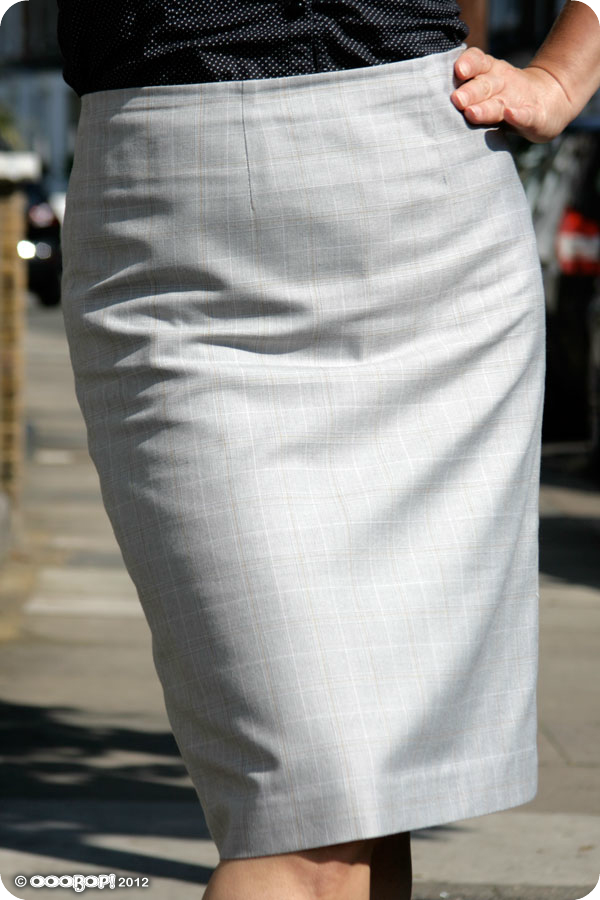
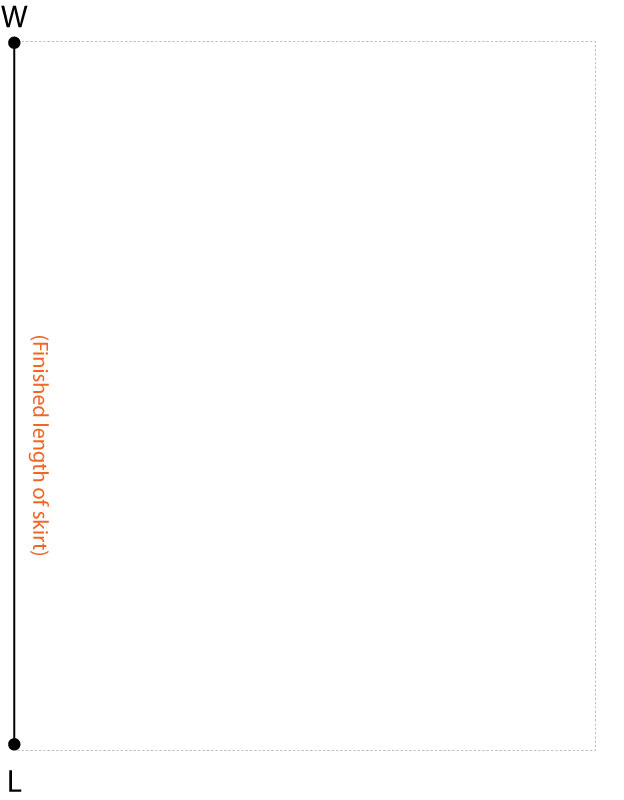
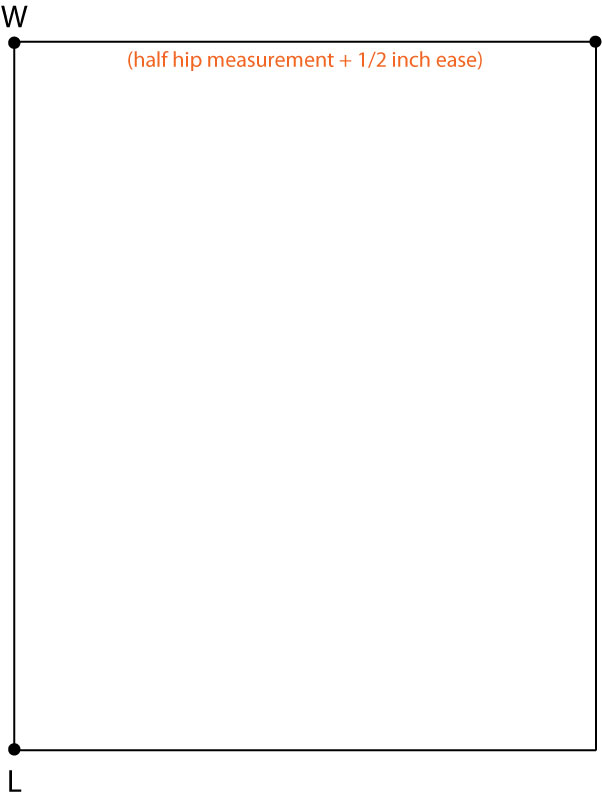
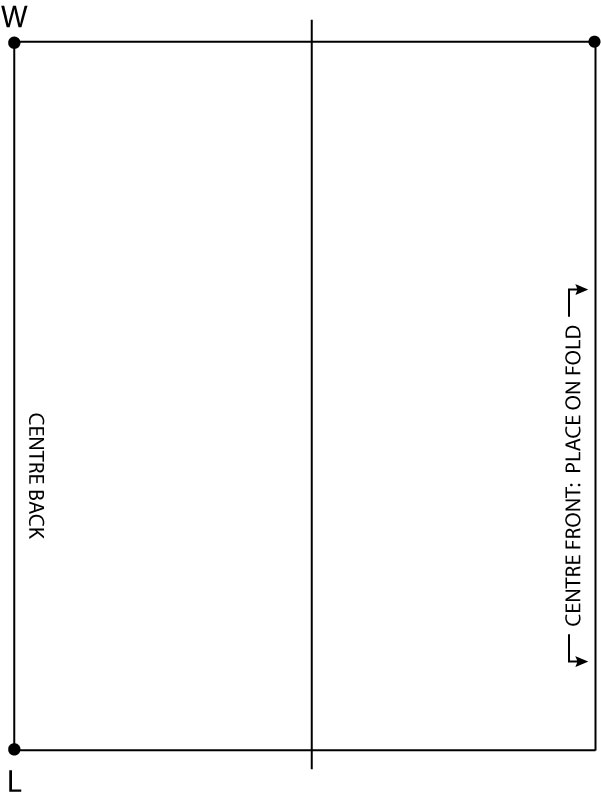
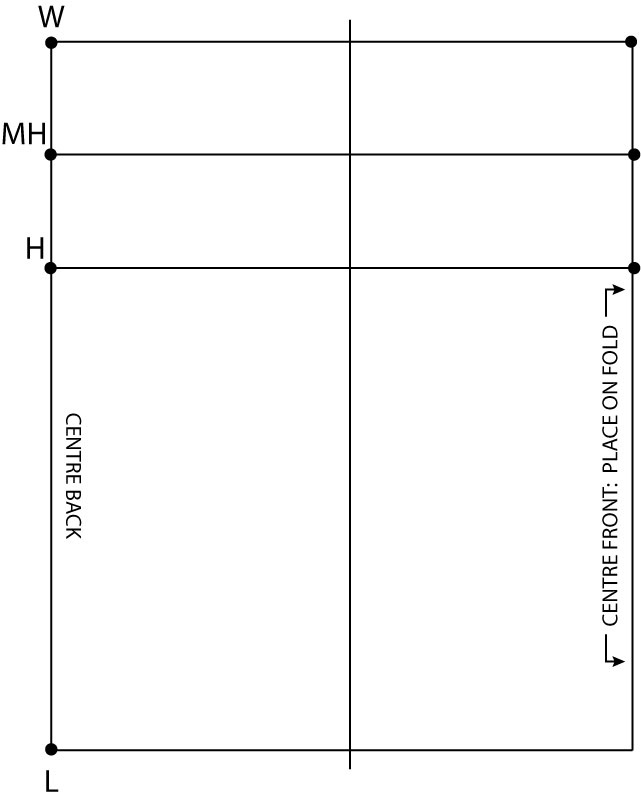
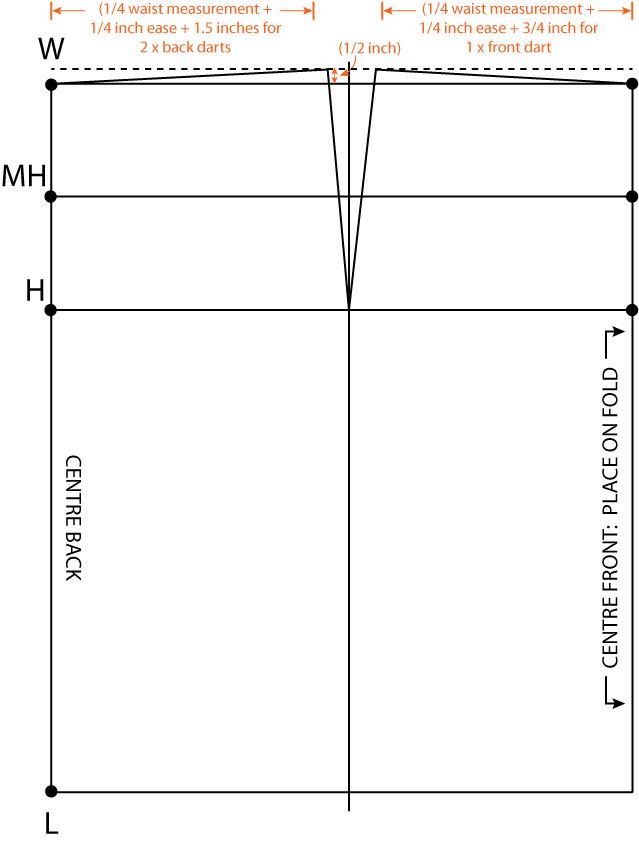
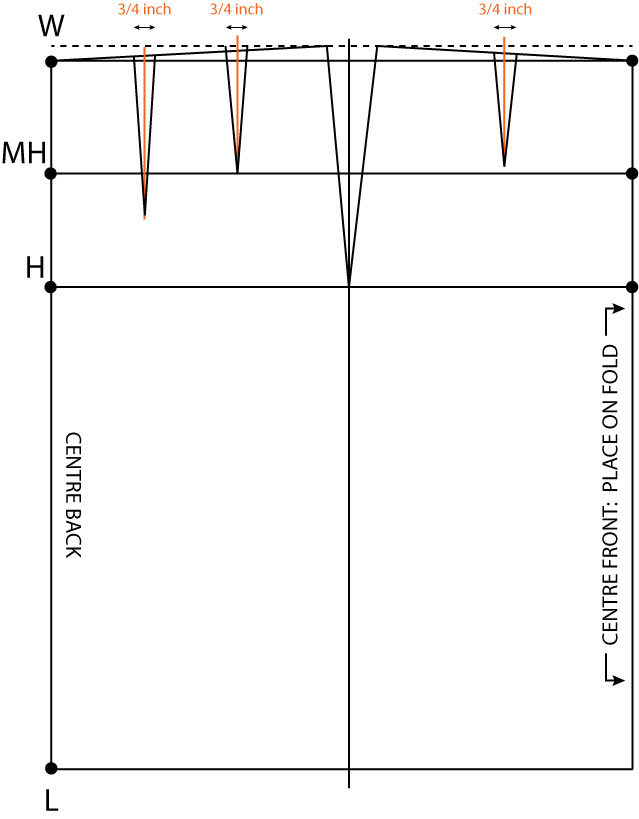
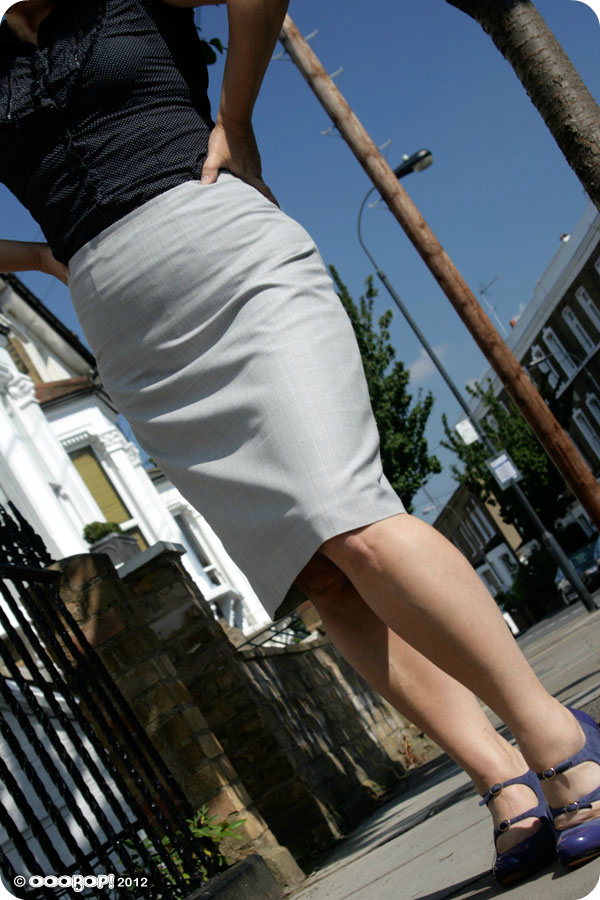
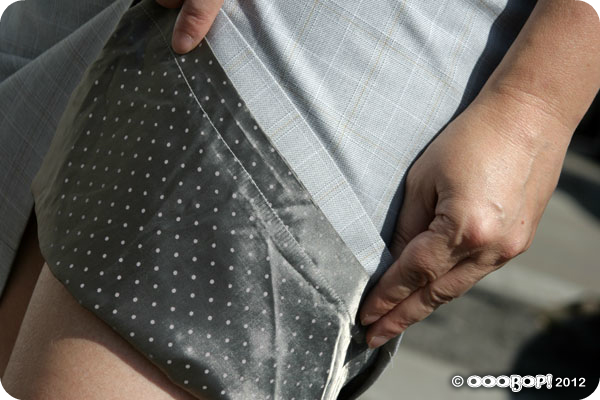
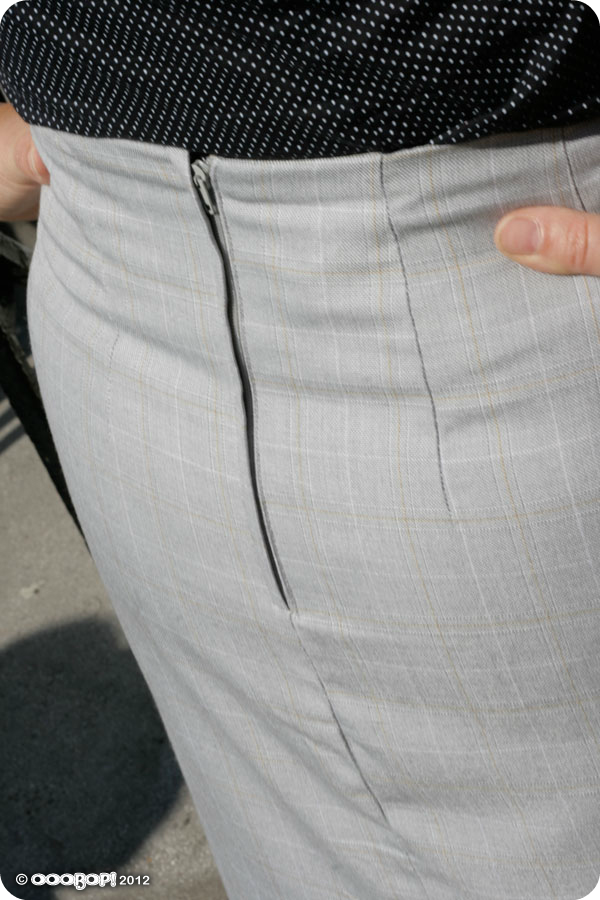
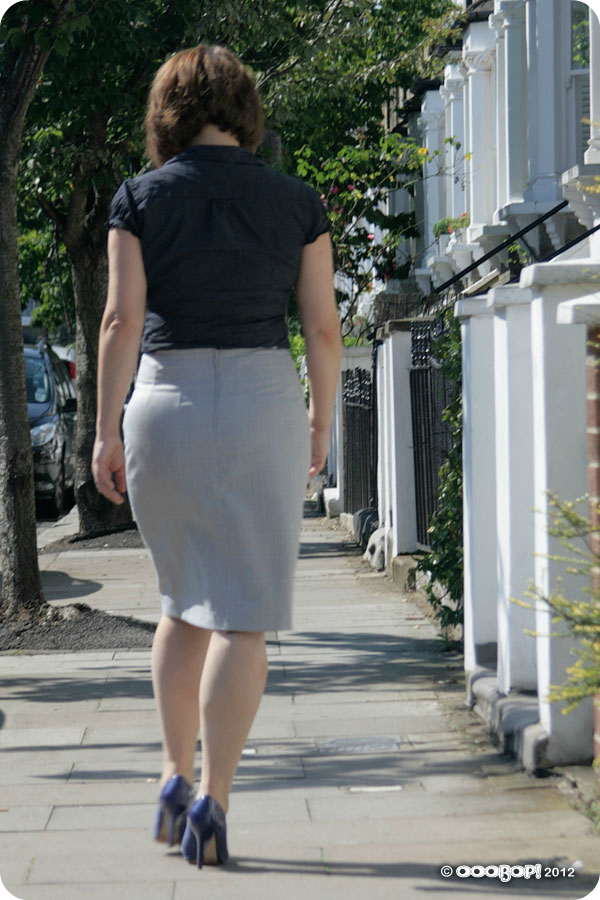
You make it sound far too easy – I shall give it a go though.
That’s a great first comment, thank you Steph! I do hope it works for you and I would be delighted to see what you make of it. 🙂
Nice! It looks lovely on you!
Thank you Marjorie 🙂
Well done! If you still want help, I am starting Sunday Sewing days in September again, first one on the 9th.
Thanks Anne. I have always had this in mind. I can’t think of a nicer way to spend a Sunday! Will keep an eye on those classes for when I get ‘leave’! 😉
Your instructions are so clear and the result is awesome….I really must give this a go too…..what a way to spruce up some plain fabric too…looks a million dollars
Oh thanks so much Scruffy Badger. I do hope they are clear. It took a while to put those steps together and to fully grasp the idea but it is much more simpler in my head now!
Reblogged this on Sewing Adventures In The Attick and commented:
Simply put! Making you own drafted skirt could not have been made any simpler. Now that I have seen how easy it is it’s on my list of projects. Will have to be honest though when taking measurements. I tend to do the same: make garments a little smaller in the hope I will shed some pounds as well.
Great minds think alike! Very flattered that you reblogged. Thank you Simona 🙂
You are welcome! You made it seem so easy. Now I have no excuse. Will have t odraft a skirt block for myself. Especially as recently I am getting dissaponted with some patterns as they allways end up to big for me although I used the exact sizes as the pattern requires. PS I also cheated a bit, you did all the work and I just put your post on my blog. Just why try doing a post on it when you made it clear and easy to follow.
Having just discovered the power of the bodice block myself I will be using your instructions for a skirt block, thanks! The skirt looks great and you could never tell it started life as a toile.
Oh my. Sounds like you started the hard way! You should find the skirt block a doddle for sure! I think I might be a while getting my head round the bodice. May coming knocking on your ‘door’ for advice if you don’t mind! 😉
you’re gorgeous on your own skirt! I love your blue hill shoes too 🙂
I’m doing the same, yesterday I came out with my measures to make my own A-line skirt, I’ll see on my adventure, you did a fabulous skirt!
Thanks Bubiknits. You are so kind. Looking forward to seeing your skirt. I’ve no doubt you will do a fantastic job 🙂
the end product is lovely and I’m sure the instructions are fabulous (I didn’t read them as carefully as I might, but I will do – and I suspect they’re very much along the lines of the instructions in Successful Dressmaking, which is my bible). The lining is lovely too. What a great skirt. We all need some neutrals to tissy up for work.
Thanks so much Felicity. That sounds like a book I need to own! Does it give simple instructions to make a bodice block? 🙂
It’s old and, yes, it gives instructions for everything really. It was also my late Aunt’s dressmaking bible and she made clothes for the family for years. I’ll dig it out and send you some details.
I had some other plans for today, but you’ve changed all that! Creating a perfectly fitting pencil skirt has been a summer goal of mine and now, with your help, I just might be able to do it. Heading to my fabric stash right now to give this a try. THANKS!!!!!
Beth
Ooo that’s really exciting! Can’t wait to see how you get on! x
Ne-ver thought I’d consider going to such lengths for a skirt, no pun intended. Your instructions make it sound interesting and possible for even this ol’ lady. Thank you!
PD/We across the pond are grateful for inches!
Thank you so much. You are more than welcome, CurlsnSkirts! I use inches all the time in sewing apart from when I measure 1.5cm for the seam allowance! I find it easier than 5/8inch 🙂
I’m all WOW-d at this! First of all, you look STUNNING… secondly, I WANT YOUR SKIRT! I love this fabric, and the cut, style, length… just perfect! I’m totally gonna use this method to try one for myself!! 😀 Thanks lady! 😀
Awww…. fanx!! I’m quite chuffed it fitted properly. Do hope it works for you too x
Wow it fits so well. The pattern drafting looks as if it was totally worth it.
It actually doesn’t take that long…. once I’d sussed it! The beauty is that I don’t have to do it again… until I eat too many cakes!
Fantastic! Really appreciate you ‘talking us through’ how you did this! Pencil skirts are my favourite kind! Your’s fits to perfection.
Thanks CherryPix. I think it has to be the most versatile and timeless skirt of all.
Wow, this is fantastic!! The finished skirt fits you perfectly, and I’m super impressed with your pattern drafting and instructions. Congrats on a beautiful skirt, with hopefully many more to come! : )
That’s a storming skirt – fits to perfection.
Beautiful skirt and so well-made! Not boring at all!!
Thank you for explaining how to do this. Am I right in thinking that it assumes the hip is 8″ below the waist? Would you adjust your lines H and MH if that measurement wasn’t 8″?
You are very welcome Jane. And yes is does assume 8″ below waist. Some specify 7″ but really , to get an accurate fit you should find your widest hip point and then mark middle hip between that and your waist. Hope that makes sense 🙂
Thank you. Now I must get some paper and try this out!
Lovely tutorial! If I only wanted one dart in the back would I just minus 3/4 from the 1.50 which would be the same measurements as the front?
thank you very much,is very clear. pls can u arrange all d steps in a single image for better understanding
Thank you for all your time and efforts to bring this to the reader. These instructions and sketches combined with something else I found on the net, make this skirt more understandable to put together. Thanks again.
This is wonderful, but I have to point out that this is not a toile. A toile is a pattern. Yes, it is made of fabric, but then the fabric is marked and used as the pattern for the garment. What you made is a test garment.
Of to try to draft my own skirt using your explanation! Yours looks really lovely and very well fitting!